Yoga is one of the old practices that started in India a long, long time ago. It’s all about doing different physical movements, breathing exercises, and meditation to help control your mind and feel calm.
There are lots of different philosophies of yoga, and they can be found in religions like Hinduism, Buddhism, and Jainism. People all over the world practice yoga now, too!
Yoga is a word that means different things to different people, but it generally refers to a group of exercises and practices that originated in ancient India for the well-being of body and mind. It is the foundation of a healthy body and a strong mind. These exercises are meant to help people feel better physically, mentally, and spiritually.
Table of Contents
Why Yoga?

The philosophy of yoga is all about finding harmony between the body, mind, and spirit. By doing special exercises and focusing on your breathing, you can learn to control your body and calm your mind. The people who practice yoga also believe that practicing yoga can help you connect with a higher power or the universe and achieve “Moksha”.
Scientists today believe that everything in the world is connected, and that practicing yoga can help you feel more connected to the world around you. If you practice yoga regularly and feel this sense of oneness with everything, you can become a “yogi”!
Yoga is Ancient and India is the Origin

Various texts suggest that yoga came from the Vedic period, which was a long time ago, while others think it’s a mix of different elements from different times.
The philosophy of yoga was first mentioned in a book called the Katha Upanishad which was written between the fifth and third centuries BCE. Over time, people kept developing yoga and studying it.
Nowadays, many people think of yoga as a way to stretch and exercise their bodies. But traditional yoga is more about focusing your mind and letting go of things that make you upset or stressed.
The Different Paths of Yoga
Yoga has different paths or ways of practicing it. These paths use different ideas from ancient Indian philosophy to help people reach their goals.
One path is called Sankhya dualism, which is about understanding the difference between the body and the soul. Another path is Upanishadic non-dualism, which is about realizing that everything is connected and part of the same universal spirit.
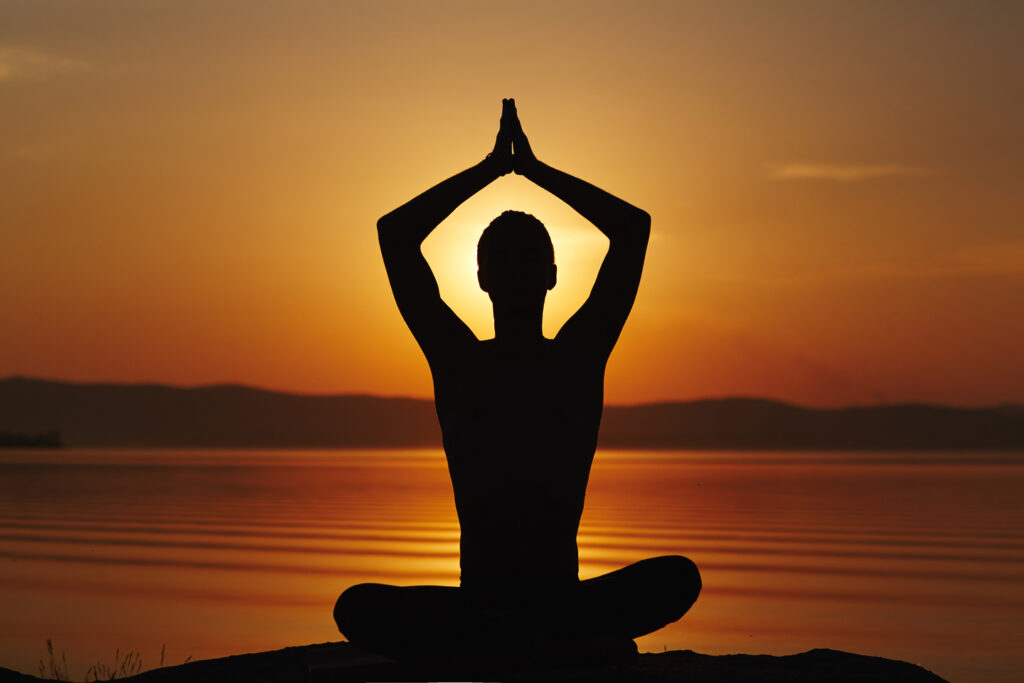
Some paths, like Tantra and Bhakti, use the forms of Hindu gods and goddesses to help people focus their minds and connect with the divine. Another path, called Patanjali’s yoga sutras, includes the idea of a personal god named Ishvara.
So, if you want to practice yoga, it’s important to understand these different ideas and how they relate to each other. You should learn about the relationship between the soul and the universe, as well as the Hindu gods Brahma, Vishnu, and Shiva. This will help you get the most out of your yoga practice.
Earliest References of Yoga (4000–2500 BCE)
Long ago in India, Rishis, Munis, Sadhus, and various wise beings contributed to writing the Vedas. These books talked about people called ascetics who practiced yogic practices. The Vedas were written a really long time ago, around 4000 to 5000 BCE! The Rigveda’s “Nasadiya Sukta” suggests that people back then practiced contemplative tradition. They used techniques to control their breath and vital energies. This is talked about in the Atharvaveda and in the Brahmanas, which were written between 4000 and 3000 BCE.

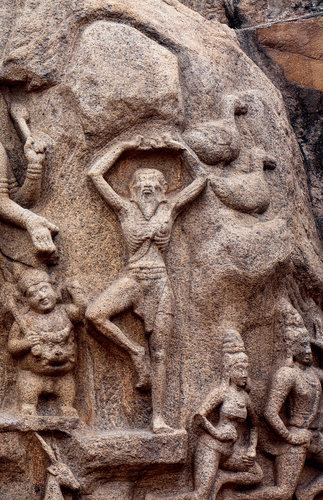
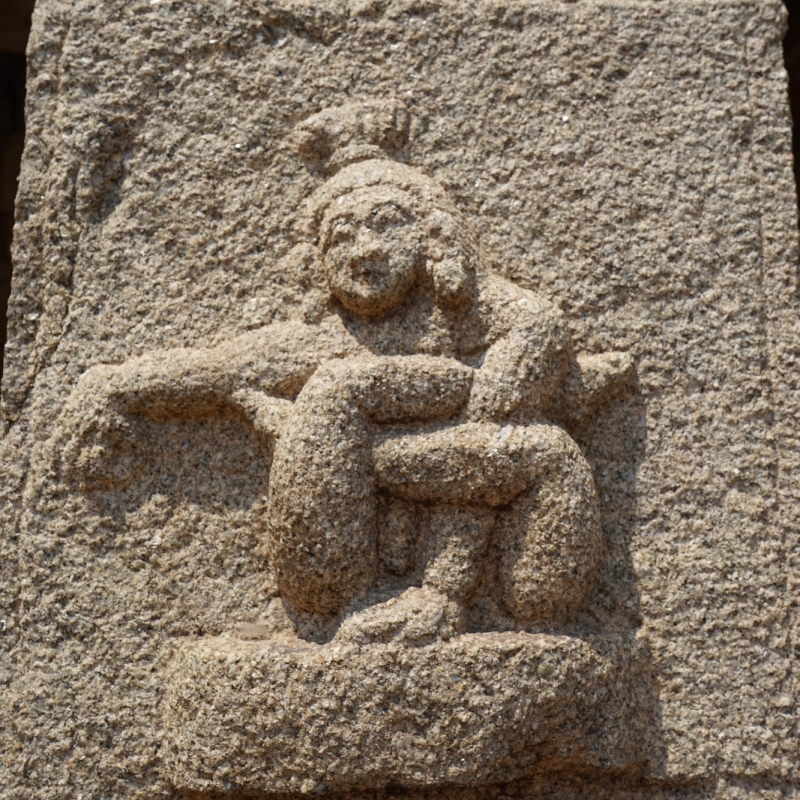
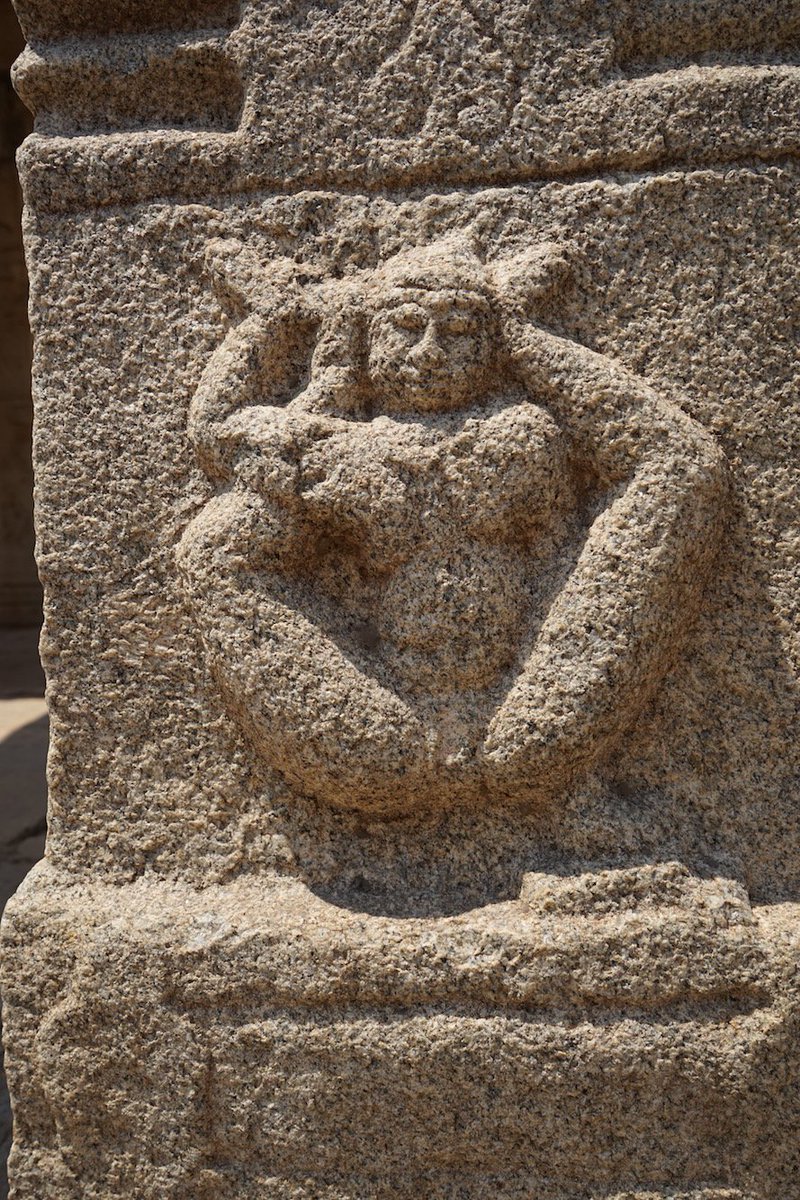
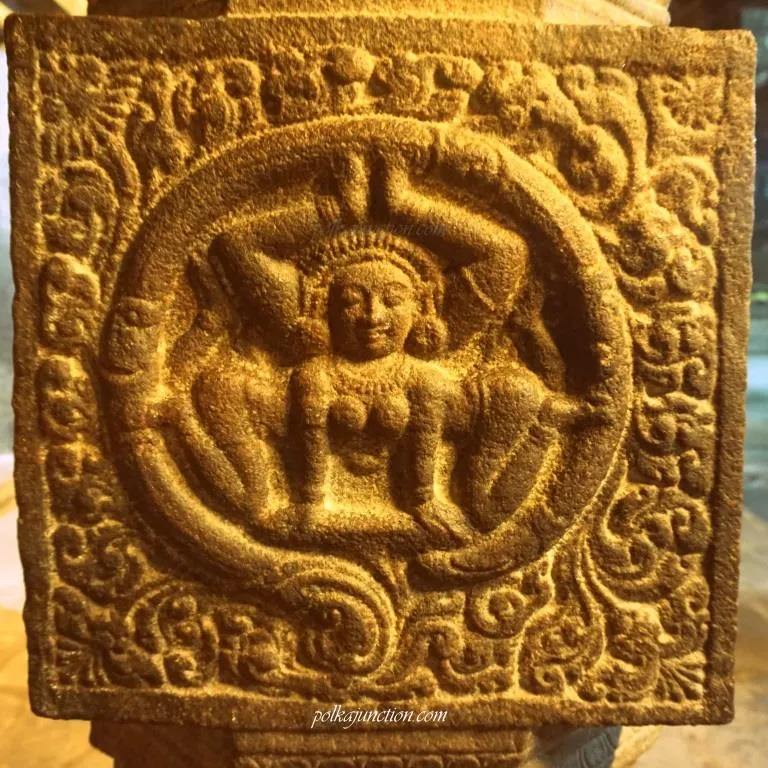



There were some people who were different from the Brahminic religious leaders, and these people were called Munis. They practiced outside the trend of Vedic mythological creativity and the Brahminic religious orthodoxy. Not much is known about their practices, but it is clear that they were spiritually advanced.
They practiced early forms of sacrificial mysticism, and these practices contained many elements characteristic of later yoga practices. These elements included concentration, meditative observation, ascetic forms of practice, breath control, and mystical experience.
The Orientation of Various Upanishads


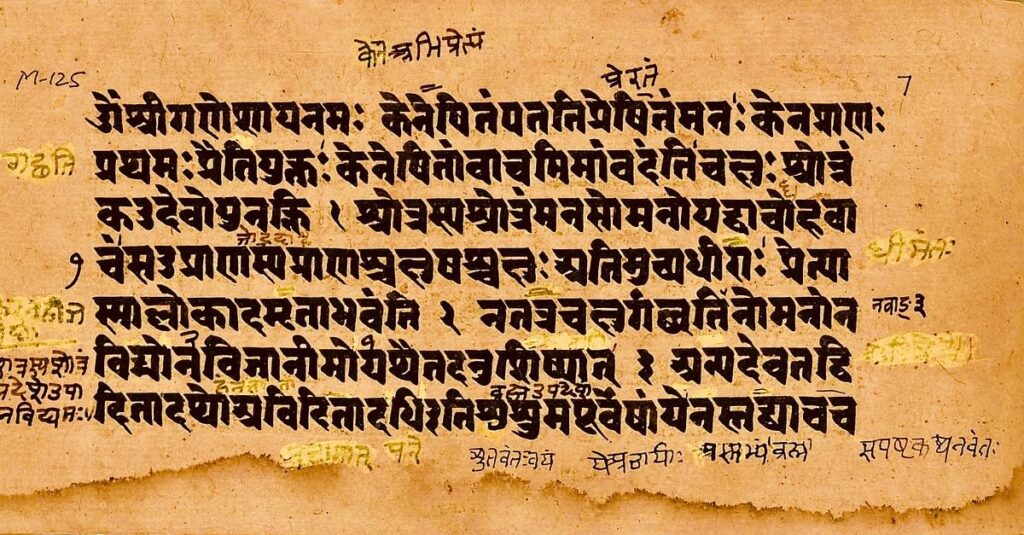

Classical yoga practices first appeared in the Upanishads, which were written during the late Vedic period. Meditation was mentioned in the Brihadaranyaka Upanishad and the Chandogya Upanishad. These books talked about concepts that are still used in yoga today, such as pranayama (focusing on the breath) and pratyahara (withdrawal of the senses). The Taittiriya Upanishad defined yoga as the mastery of body and senses. The word “yoga” first appeared in the Katha Upanishad, which was written between the fifth and first centuries BCE.
Second urbanisation (2500–1200 BCE)
Between 2500-1200 BCE, a period called the Second expansion, people began to develop systematic yoga concepts. These ideas were found in various texts such as early Buddhist texts, middle Upanishads, and the Mahabharata’s Bhagavad Gita and Shanti Parva. Yogic practices were believed to have emerged in the same ascetic circles as the early śramaṇa movements like Buddhists, Jainas and Ajivikas, probably in around the sixth and fifth centuries BCE.
Yoga Emerges in body and mind Connection
These traditions were the first to use mind-body techniques known as Dhyāna and tapas but later described as yoga, to strive for liberation from the round of rebirth. Early Buddhist texts describe yogic and meditative practices, some of which the Buddha borrowed from the śramaṇa tradition.
The chronology of these yoga-related to the ancient Hindu texts. Early Buddhist sources mention meditation, but the meditation practices are not called “yoga” in these texts. The earliest known discussions of yoga in Vedic literature, as understood in a modern context, are from the later Buddhist Yogācāra and Theravada schools. Jain meditation is a yoga system that predated the Buddhist school.
Reference of Upanishads: What is/are Called Upanishads?
The Upanishads are ancient texts that talk about yoga. They were written a long time ago in India. The word “yoga” first appears in the Katha Upanishad, which was written between the fifth and third centuries BCE. The Upanishad explains that yoga is a way to control your senses and your mind. This leads to a supreme state of being.
The Upanishads describe yoga as a process of going inside yourself and becoming more aware of your consciousness. They talk about different levels of existence and how yoga can help you reach your innermost being. The Shvetashvatara Upanishad describes a meditation technique where you sit in a quiet place and focus on your breath and your mind.
The Maitrayaniya Upanishad talks about a sixfold method of yoga, which includes breathing, concentration, and spiritual union. There are many other texts that talk about yoga, like the Yoga Vasistha. These texts are important because they help us understand the origins and principles of yoga.
Classical era (1200 BCE – 500 CE)
The Indic traditions of Hinduism, Buddhism, and Jainism were in the process of taking shape during the period between the Mauryan and Gupta eras, from approximately 200 BCE to 500 CE. During this time, systems of yoga began to emerge and a number of texts discussing and compiling yoga methods and practices were produced. Some of the key works from this era include the Yoga Sutras of Patanjali, the Yoga-Yajnavalkya, and the Visuddhimarga.
One of the most well-known early expressions of yoga thought is the Yoga Sutras of Patanjali. Scholars believe that the original name of the text may have been the Patanjala yoga shastra Samkhya pravachana and that it was produced in the early centuries CE, sometime between 325 and 425 CE. The metaphysical basis of the text is Samkhya, which is one of the three categories of anviksikis, or philosophies, as mentioned in Kautilya’s Arthashastra. The other two categories are yoga and Carvaka.
The systematization of yoga began in the middle and early Yoga Upanishads and culminated in the Yoga Sutras of Patanjali, which are also influenced by the Sramana traditions of Buddhism and Jainism. The Yoga Sutras are a synthesis of the three traditions, adopting the reflective discernment of prakrti and purusa (dualism) from Samkhya, metaphysical rationalism, and epistemological methods of obtaining knowledge, as well as the ascetic tradition of meditation and introspection.
Patanjali’s Yoga Sutras
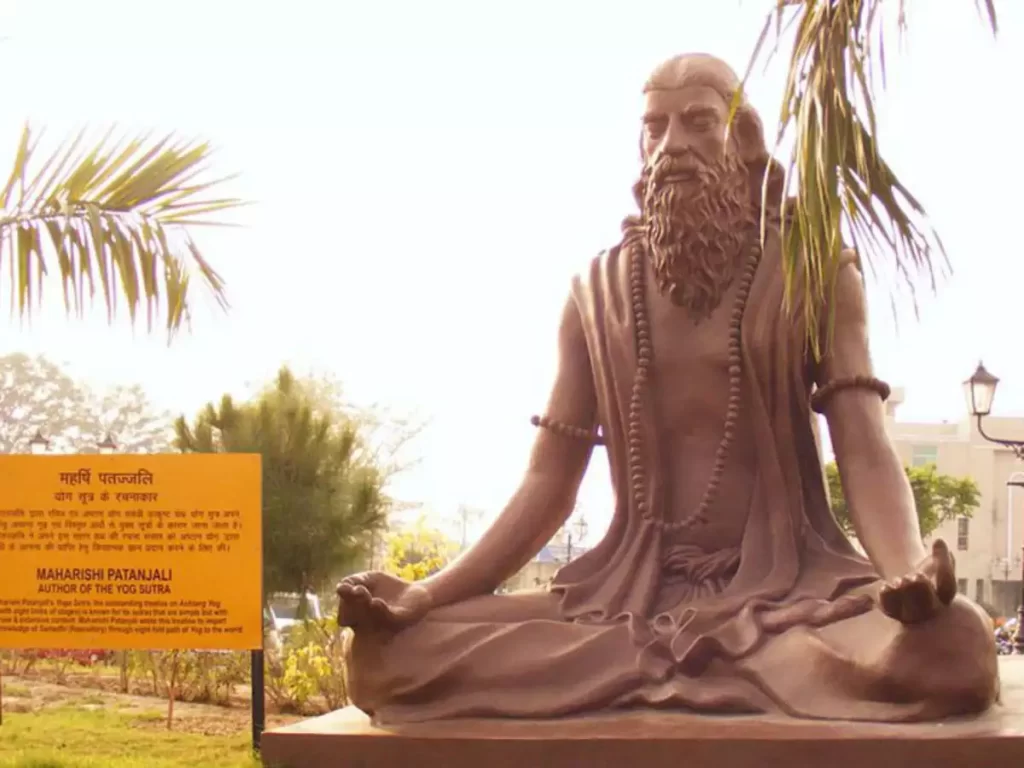
Patanjali’s Yoga Sutras are considered the first compilation of yoga philosophy, and the verses are terse. Many later Indian scholars studied and published commentaries on the sutras, such as the Vyasa Bhashya. Patanjali defines the word “yoga” in his second sutra, and his definition depends on the meaning of three Sanskrit terms. The goal of yoga is to attain a state of consciousness that is free from all modes of active or discursive thought and unaware of any object external to itself, that is, only aware of its own nature as consciousness unmixed with any other object.
If yoga is understood as nirodha, or mental control, its goal is the unqualified state of niruddha, the perfection of that process. The result of yoga is the nondual state, which is characterized by the absence of individuality and can be described as eternal peace, pure love, self-realization, or liberation.
Middle Ages (500–1500 CE)
During the Middle Ages, Various yoga traditions began to emerge in India. One of these was Hatha yoga, which developed during this period. At the same time, the Bhakti movement was gaining popularity, advocating for a personal god or Supreme Personality. The movement was started by the Alvars of South India in the 6th to 9th centuries and became influential throughout India by the 12th to 15th centuries. Shaiva and Vaishnava bhakti traditions integrated aspects of the Yoga Sutras with devotion, incorporating meditative exercises.

Tantra is another range of esoteric traditions that began to arise in India by the 5th century CE. Its practices appeared in nearly-complete form in Hindu texts by about the 10th century CE. Tantra developed complex visualizations, which included meditation on the body as a microcosm of the cosmos. It included mantras, breath control, and body manipulation, including its nadis and chakras. Teachings about chakras and Kundalini became central to later forms of Indian yoga.
Tantra yoga practices include postures and breathing exercises. The Nyingma school practices yantra yoga, a discipline that includes breath work, meditation, and other exercises. The Sarma traditions also include Kriya, Upa (called “Charya”), and yoga, with anuttara yoga replacing mahayoga and atiyoga.
Modern Era to Date
Yoga is a practice that originated in India and involves physical postures, breathing exercises, and meditation. In the mid-19th century, people in the Western world began to learn about yoga and other Indian philosophies. Swami Vivekananda was one of the first Hindu teachers to share yoga with Western audiences. Theosophists, such as Helena Blavatsky, also influenced how yoga was viewed in the West.
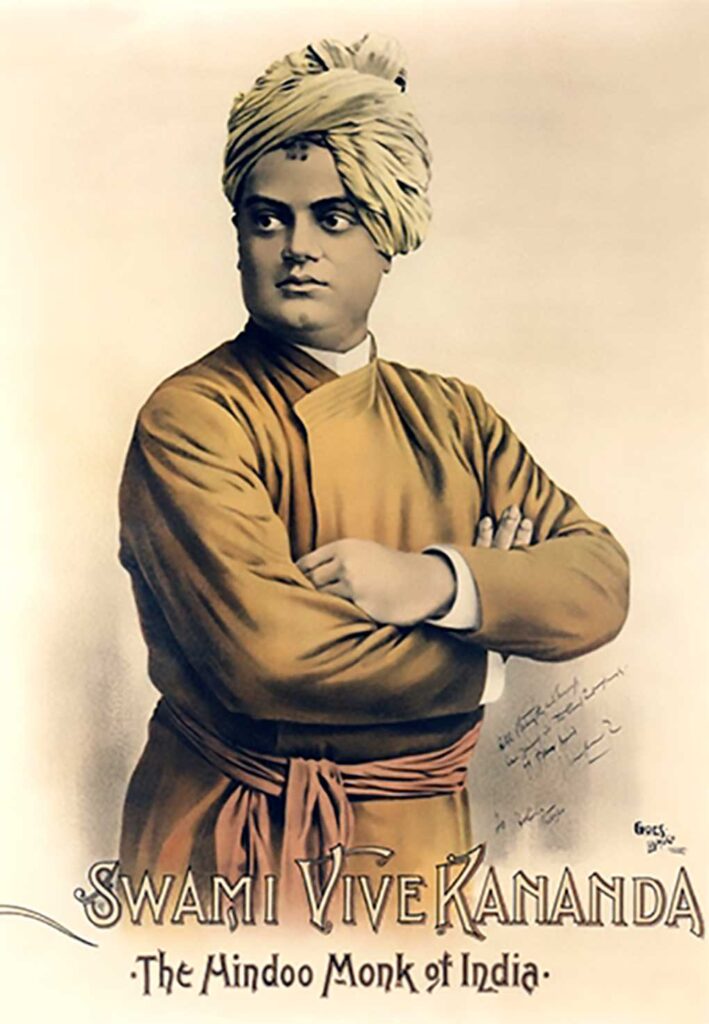
In the Western world, yoga is often thought of as a form of exercise. It involves physical postures called asanas, which are sometimes accompanied by breathing exercises and relaxation or meditation. This type of yoga was developed in the 20th century and combines elements of Western gymnastics and traditional yoga. Many schools of yoga were founded during this time, such as ashtanga vinyasa yoga, Iyengar yoga, and Bikram yoga. Yoga has become a popular business, with classes, teacher certification, and equipment widely available.
Conclusion
Research has shown that regular yoga practice can have positive effects on physical and mental health, such as reducing low back pain and stress. However, the benefits may not be significant enough to be considered clinically meaningful. The United Nations has designated June 21 as International Yoga Day, and in 2016, yoga was recognized as an intangible cultural heritage by UNESCO.
